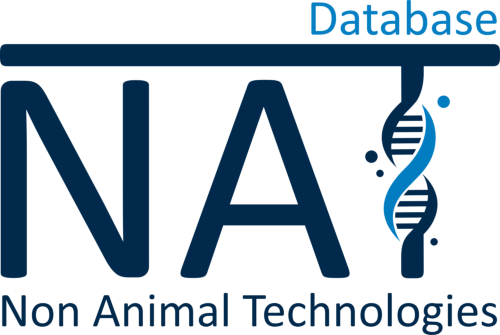Modelling ischemic stroke in a triculture neurovascular unit on-a-chip
CompanyDecember 2021
MIMETAS BV, Oegstgeest, Netherlands
In ischemic stroke, the function of the cerebral vasculature formed by the so-called neurovascular unit (NVU) is impaired. Complex human in vitro models of the NVU have been lacking for a better understanding of the mechanisms involved in NVU dysfunction and recovery.
Here, the researchers describe the development of a human NVU on-a-chip model with a platform that allows the parallel cultivation of 40 chips. The model consists of a perfused vessel with primary human brain endothelial cells in co-culture with astrocytes and neurons derived from induced pluripotent stem cells. Ischemic stroke was mimicked with a triple approach combining chemical hypoxia, hypoglycemia, and interrupted perfusion. The model thereby showed spontaneous neuronal activity as well as physiological barrier function. Exposure to the toxic substance staurosporine disrupted the endothelial barrier, reducing transepithelial electrical resistance and increasing permeability to sodium fluorescein. Under conditions mimicking stroke, brain endothelial cells also showed greatly reduced barrier function.
The results indicate that the model may be useful for basic studies of NVU function in stroke and other neurological diseases, for the investigation of potential therapies, and, because of its potential automation, for drug screening.
Modeling ischemic stroke in a triculture neurovascular unit on-a-chip
Nienke R. Wevers
Nienke R. Wevers et al. Fluids and Barriers of the CNS 2021 [1]
Physicians Committee for Responsible Medicine [2]
Added on: 02-01-2022
[1] https://fluidsbarrierscns.biomedcentral.com/articles/10.1186/s12987-021-00294-9[2] https://www.pcrm.org/news/ethical-science/studying-ischemic-stroke-chip





